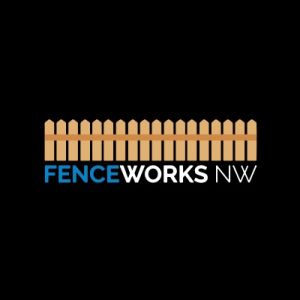Recognizing the Three Types of Composite Decking MaterialsPosted by FENCEWORKS NW on July 9th, 2022 The wood decking volition-compound decking has won the hearts of numerous. With people growing more and more apprehensive of its parcels like long-lasting nature, aesthetic appeal, eco-friendly composition, and about its low conservation, it's gradationally rising to fame. But, little hold knowledge about the fact that it differs, depending on composition. The composition then strives to bring to light the same for compendiums to develop an understanding. However, prepare to draw perceptivity on the three different types of compound decking from a material perspective, If you're reading this at the moment. Polyethylene Decking (Wood-Plastic Composite) The first and foremost in the list is the WPC-a extensively used option for decking. The stylish thing about it's its sustainable nature, combining recycled plastic and wood in equal proportion to form a long-continuing volition to wood decking. What further draws one's attention to it's the low conservation property, relieving inhabitants of tedious chores. To purchasers seeking an affordable decking result, it's the perfect home extension they can imagine! Polypropylene Decking ( Limited Compound) Piecemeal from the rates defining WPC, polypropylene decking enjoys the added advantage of having a defensive circumscribing of polymer over it. The presence of the guard on all four sides makes it a tougher variant in comparison to WPC. Still, it's stylishly suited for an individual to whom compound decking prices hardly matter. In short, it's a little dearer than its polyethylene counterpart but an assurance of its lower vulnerability to external agents, causing damages fluently. Polyvinyl Chloride (Plastic Lumber) Generally known as plastic timber, the name justifies its composition, which is generally 100 recycled plastic as you can make out. Given this fact, you can naturally share an understanding of the compound decking boards' eco-friendly side. What is indeed more surprising is its continuity, which far exceeds that of limited and wood-plastic compounds. Unwanted situations of mold growth, water piercing, and staining causing overall damage inside- eschewal are rare then. Still, parcels like better rainfall resistance, their resemblance to real wood, and recycled constitution naturally make it dearer. So, if you have no budget constraints, also this could be a better choice on any given day. Since decking material isn't the only step to achieving brilliant issues, in terms of performance, it's pivotal to look at compound decking board types. Though both have their set of advantages, it all comes down to preference. About the two most common bones Solid Board The gratuities of having a solid board as your choice of composite decking Clark County WA are its resemblance to real wood, given the fact that it's thick, accepts molding with different variations of grain, and is lower susceptible to heavy loads. Still, the downsides of not opposing rainfall oscillations and the probability of screwing, give way to its stronger counterpart-concave boards. Hollow Board The thing about this kidney is that it's light in weight, supports DIY installation, and withstands temperature oscillations with ease. Despite grain variations being fairly less than, it enjoys a better position as compared to solid wood boards, and for good reasons. Again, it all boils down to choice and having the bone that stylishly suits your purpose shall offer you the topmost benefits. Visit Us:- https://www.facebook.com/FenceWorks-NW-1825417174179445/ Like it? Share it!More by this author |



